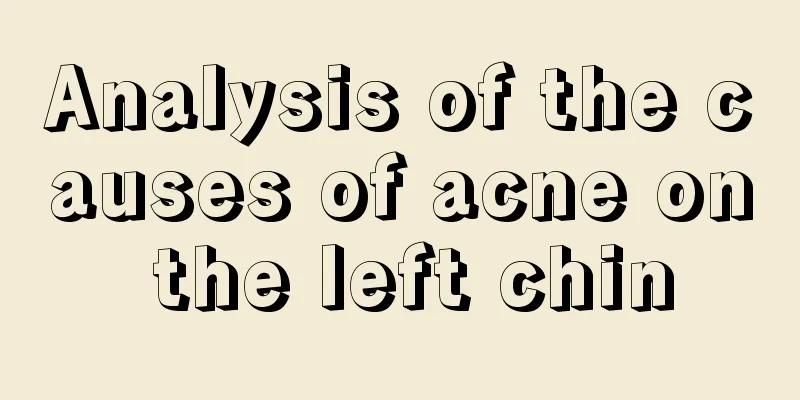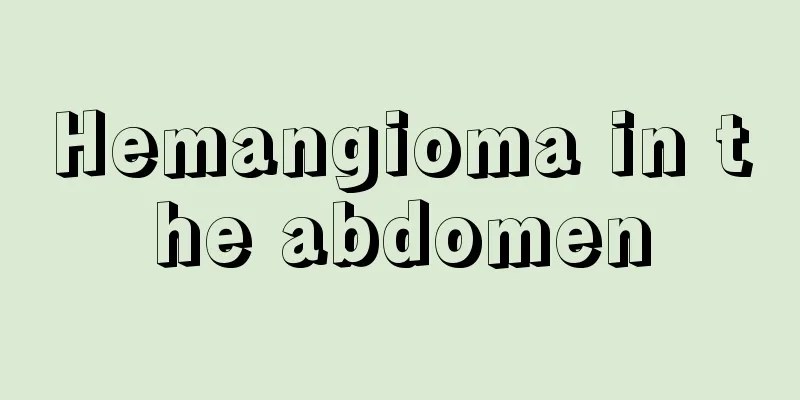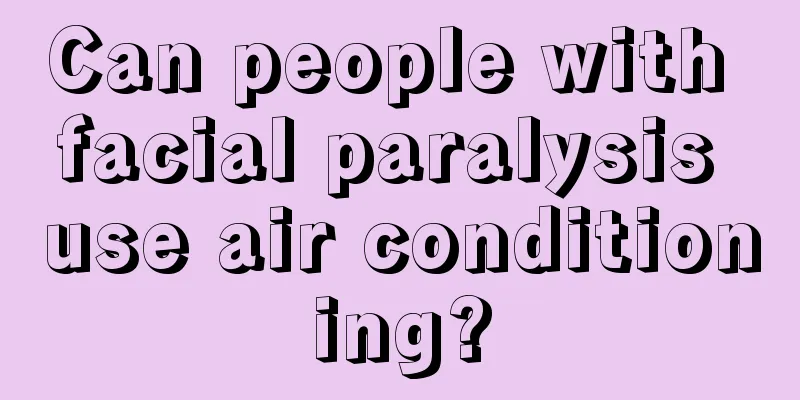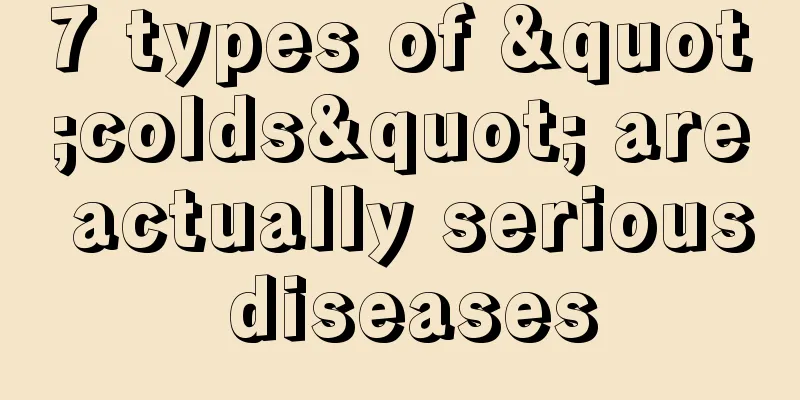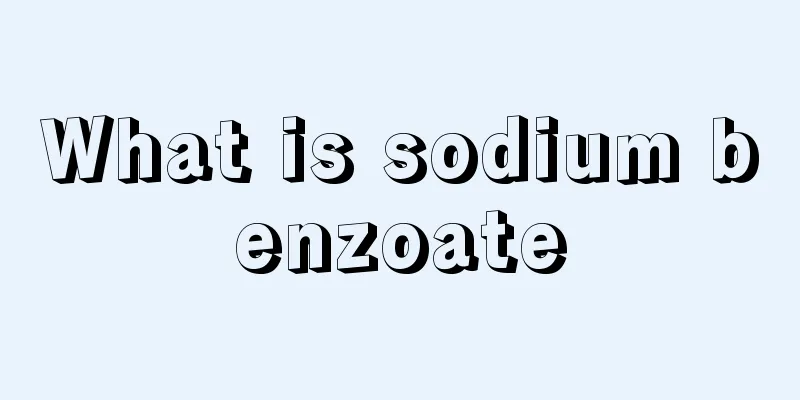Three types of treatment principles for paroxysmal atrial fibrillation
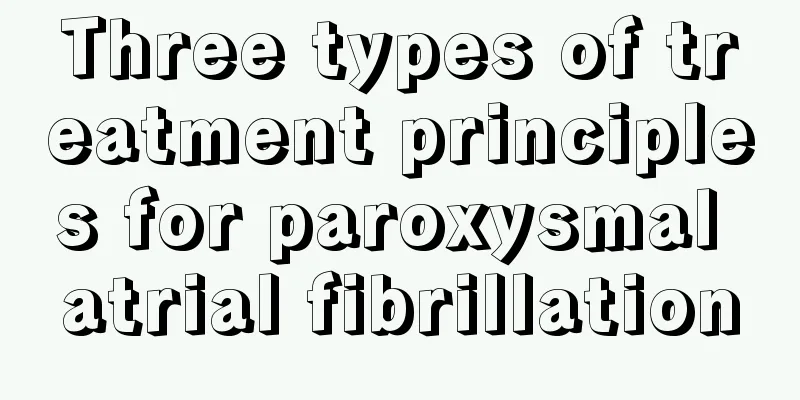
|
Paroxysmal atrial fibrillation does not cause much harm to the body, so it is not a big deal as long as it is not very serious. Patients with atrial fibrillation should maintain a good mood and not always be anxious or excited, otherwise it will only cause harm to their bodies. Now I will share with you the treatment principles of paroxysmal atrial fibrillation. 1. Control ventricular rate Patients with atrial fibrillation who do not have a rapid ventricular rate and are asymptomatic during an attack do not need treatment. If the ventricular rate is fast during an attack, beta-blockers, verapamil or digitalis preparations should be selected according to the degree of increase in heart rate and impact on circulatory function. In patients with organic heart disease, especially those with concurrent heart failure, intravenous administration of digitalis preparations is the first choice to control the ventricular rate below 100 beats/min, and then switch to oral administration to maintain the heart rate. The dosage should be adjusted so that the ventricular rate is between 60 and 70 beats/min at rest and does not exceed 90 beats/min during light activity. Atrial flutter usually turns into atrial fibrillation first, and sinus rhythm may be restored during the continuation or discontinuation of digitalis. A small number of patients with atrial fibrillation can also convert their heart rhythm to sinus rhythm after the above treatment. Atrial fibrillation with preexcitation syndrome, especially 2. Ventricular rate control receptor blockers The above-mentioned drugs are not suitable for treating patients with widened and deformed QRS complex. When sick sinus syndrome is combined with short bouts of atrial fibrillation, the above-mentioned drug treatment should be carried out on the basis of electrical pacing. 3. Cardioversion (1) Indications for cardioversion: Timely conversion to sinus rhythm can restore the atrium's role in assisting ventricular filling, thereby increasing cardiac volume and improving heart function; secondly, it can also prevent the formation of atrial thrombosis and embolism. Cardioversion may be considered in the following situations: ① Atrial fibrillation persists after the underlying cause has been removed, such as hyperthyroidism or after surgery for mitral valve disease; ② Patients with poor efficacy of digitalis preparations due to aggravated heart failure caused by the onset of atrial fibrillation; ③ Patients with a history of arterial embolism; ④ Patients with atrial fibrillation persisting for less than one year, with no significant cardiac enlargement and no serious heart damage; ⑤ Patients with atrial fibrillation and hypertrophic cardiomyopathy. The following situations are not suitable for cardioversion: ① Atrial fibrillation persists for more than one year and the cause has not been eliminated; ② Atrial fibrillation is accompanied by severe mitral regurgitation and a huge left atrium; ③ Atrial fibrillation with slow ventricular rate (not affected by drugs); ④ Paroxysmal atrial fibrillation combined with sick sinus syndrome; ⑤ Difficulty maintaining sinus rhythm after cardioversion. |
<<: Three major characteristics of atrial fibrillation and two high-risk groups
>>: The main characteristics of visceral pain are, do you know these two characteristics?
Recommend
Who are frameless glasses suitable for?
As technology becomes more and more advanced, wha...
Invasive gastric cancer usually occurs in what stage?
When does gastric cancer usually develop into inv...
What to do if your buttocks sag, how to exercise
Everyone loves beauty. Some friends find that the...
How to wash hair without frizz?
If you find that your hair is frizzy, you need to...
What are the symptoms of throat edema
The throat is an important organ for the human bo...
What should I do if my mouth is protruding?
Protruding mouth is a common problem for many peo...
Can I drink milk that has been left overnight?
We all know that milk is a type of dairy product ...
Why do I feel weak all over due to cervical spondylosis?
The human body often induces cervical spondylosis...
What should patients with lymphoma pay attention to in their diet?
Lymphoma is medically known as lymphoma. It is a ...
Cost of treatment for advanced prostate cancer
Prostate cancer is one of the leading causes of c...
How long does it take to survive thyroid cancer
How long a thyroid cancer patient survives needs ...
Prostate cancer patients should control their sex life appropriately
Prostate cancer refers to a malignant tumor that ...
What are the disadvantages of zirconia all-ceramic teeth?
Clinically, zirconia all-ceramic teeth have very ...
Can paraquat cause pulmonary fibrosis
Some people may accidentally ingest paraquat. In ...
What should we pay attention to in preventing cervical cancer? Is the incidence of cervical cancer very high?
The cause of cervical cancer is closely related t...

